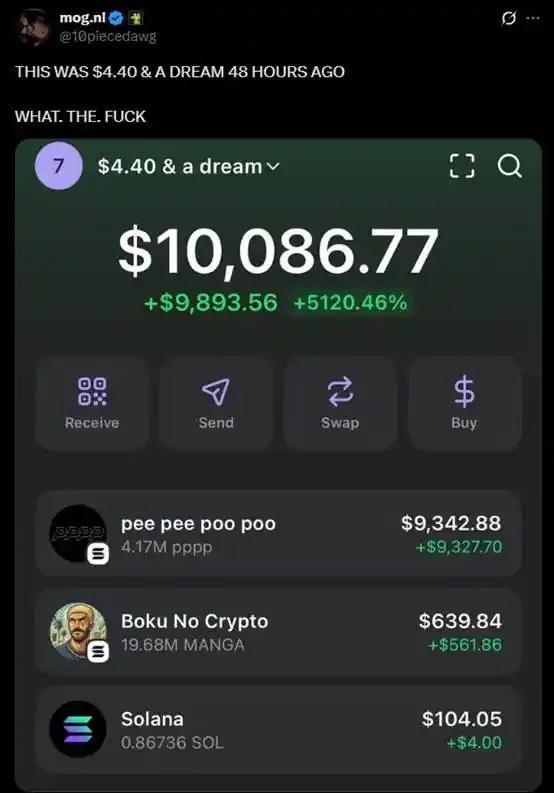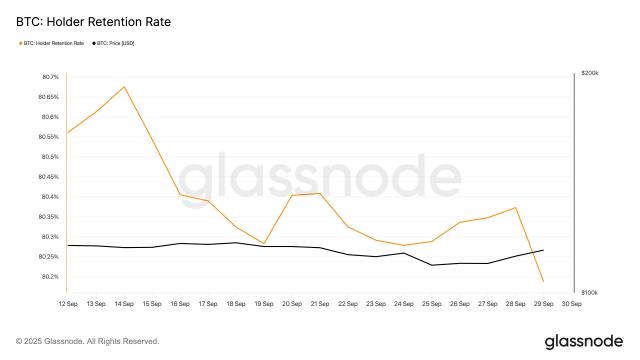Bitcoin traders relying on upcoming U.S. jobs data for another Federal Reserve rate cut may need to wait a while as a government shutdown looms.
Analysts say there's uncertainty about how Bitcoin would react to such an event, which could exacerbate volatility in the short term. Past shutdowns have had varying impacts on prices.
"Expectations of a rate cut are positive for risky assets, but concerns about bubbles and political risks are exacerbating short-term volatility. For cryptocurrencies, this provides both liquidity support and increased downside uncertainty," Bitunix analysts said. "In the medium term, a confirmed rate cut will improve liquidity and support risky assets. However, in the short term, concerns about bubbles and the risk of a government shutdown increase vulnerability, making significant dip-rebound fluctuations more likely."
Unless Congress passes a comprehensive appropriations bill or continuing resolution by midnight Tuesday, federal funding will run out and some government functions will be shut down for "non-essential" reasons. The federal government's fiscal year ends on September 30.
"This week's major events may not occur, as Friday's jobs report could become the first high-profile casualty of a potential government shutdown if Congress cannot agree on a short-term funding resolution by midnight tomorrow," John Reid, head of macro and thematic research at Deutsche Bank, wrote in a note. "In fact, in October 2013, the government shutdown meant we didn't get the September jobs report until the 22nd of that month."
As of press time, Bitcoin has risen above $114,000, up 3.8% over the past day. According to Coingecko data, its price remains 0.7% lower than it was two weeks ago. Economic statistics and data processing are not considered essential functions, meaning the U.S. Bureau of Labor Statistics will need to delay the release of its upcoming employment report until government funding is restored. This doesn't mean the data won't eventually be released, but a delay could exacerbate market volatility. Investors know that the Federal Reserve's monetary policy decisions are heavily dependent on employment and inflation data.
Nansen Research analyst Nicolai Sondergaard said the shutdown could exacerbate short-term volatility in the cryptocurrency market.
But he added: "I do wonder if this could be more than just a 'shutdown' if investors generally believe it will be resolved quickly. And if a shutdown does occur, I wouldn't be surprised if its potential impact would hit broader financial markets before it actually happens."
This isn’t the first time the cryptocurrency market has experienced a government shutdown.
The October 2013 government shutdown lasted 16 days. From October 1st to October 17th, the price of Bitcoin rose 14% from $132.04 to $151.34. However, Bitcoin's rise during government shutdowns is not a universal pattern. The longest shutdown on record lasted 35 days, from December 22, 2018, to January 25, 2019. During this period, the price of Bitcoin fell 6% from $3,802.22 to $3,575.85 by the end of the shutdown.
On the prediction market Myriad, users are increasingly skeptical that the Federal Open Market Committee will make two interest rate adjustments in 2025. Skepticism has risen to 75%, up from 40% in early September.
Skeptics might include those who think the Fed will adjust interest rates at both of the remaining two Federal Open Market Committee policy meetings this year, as well as those who believe the committee won't consider adjusting rates until 2026.
Julio Moreno, head of research at Cryptoquant, said that the market environments Bitcoin faced during the 2013 and 2018-2019 government shutdowns were very different. "Demand for Bitcoin was growing strongly in 2013 as it entered the final phase of its bull cycle," he said, adding that by the time of the 2018 shutdown, demand for Bitcoin was shrinking during the bear market.
Moreno added that Bitcoin’s situation today is more like 2013 than 2018. “Demand for Bitcoin is growing as we enter the fourth quarter, which is typically a quarter with positive price performance.”
Click here to learn about BlockBeats' BlockBeats job openings
Welcome to join the BlockBeats official community:
Telegram group: https://t.me/theblockbeats
Telegram group: https://t.me/BlockBeats_App
Official Twitter account: https://twitter.com/BlockBeatsAsia








